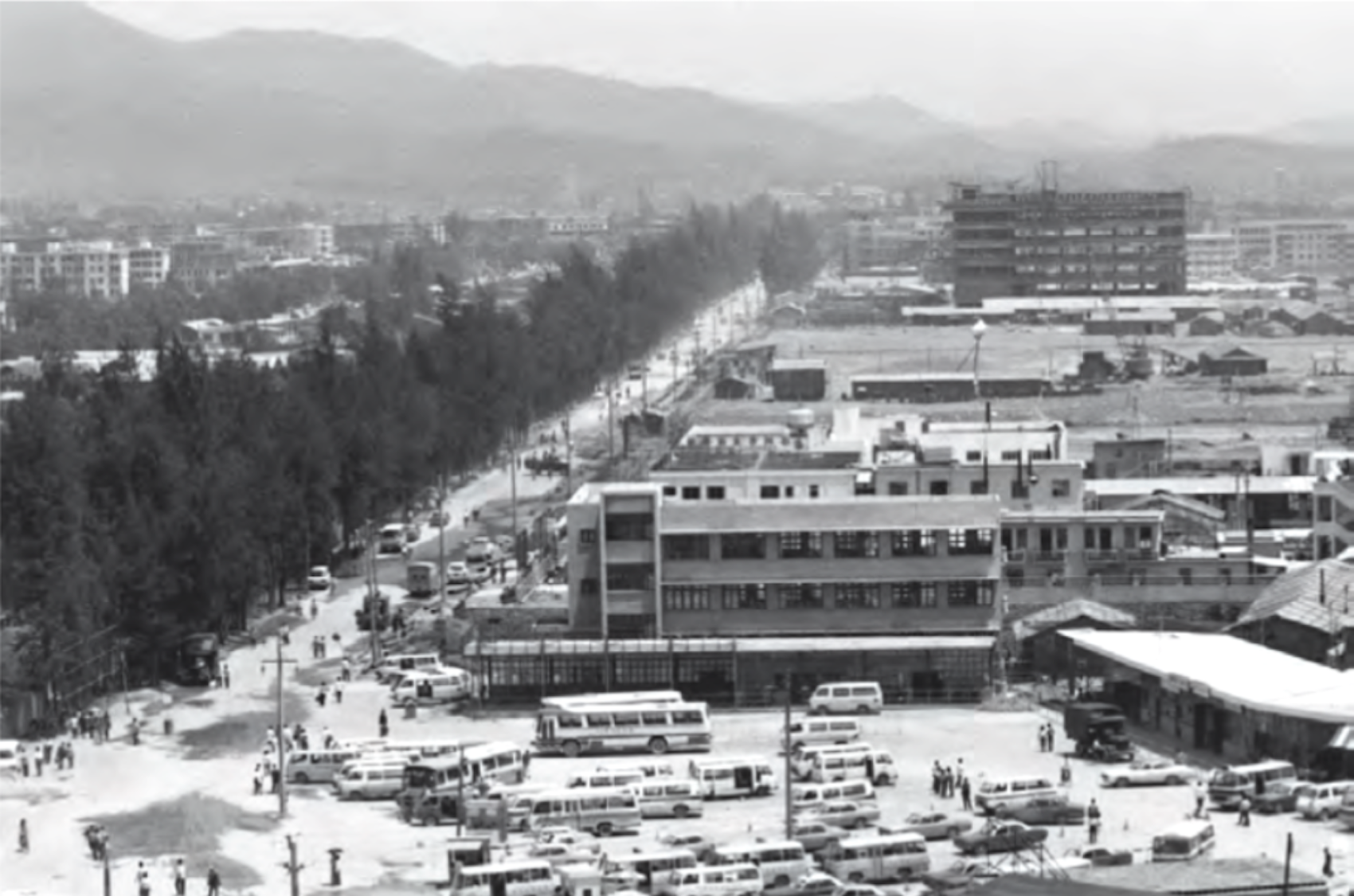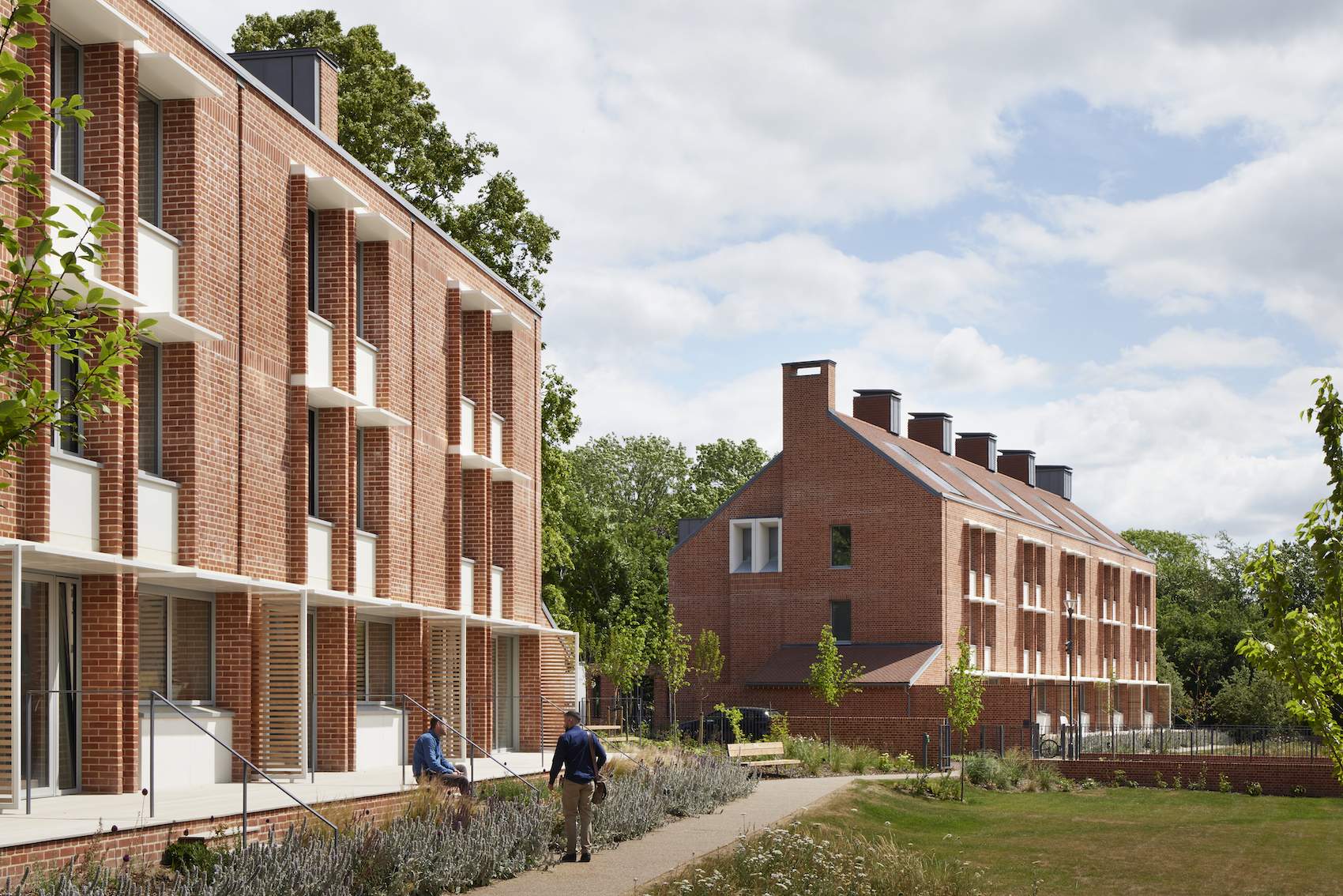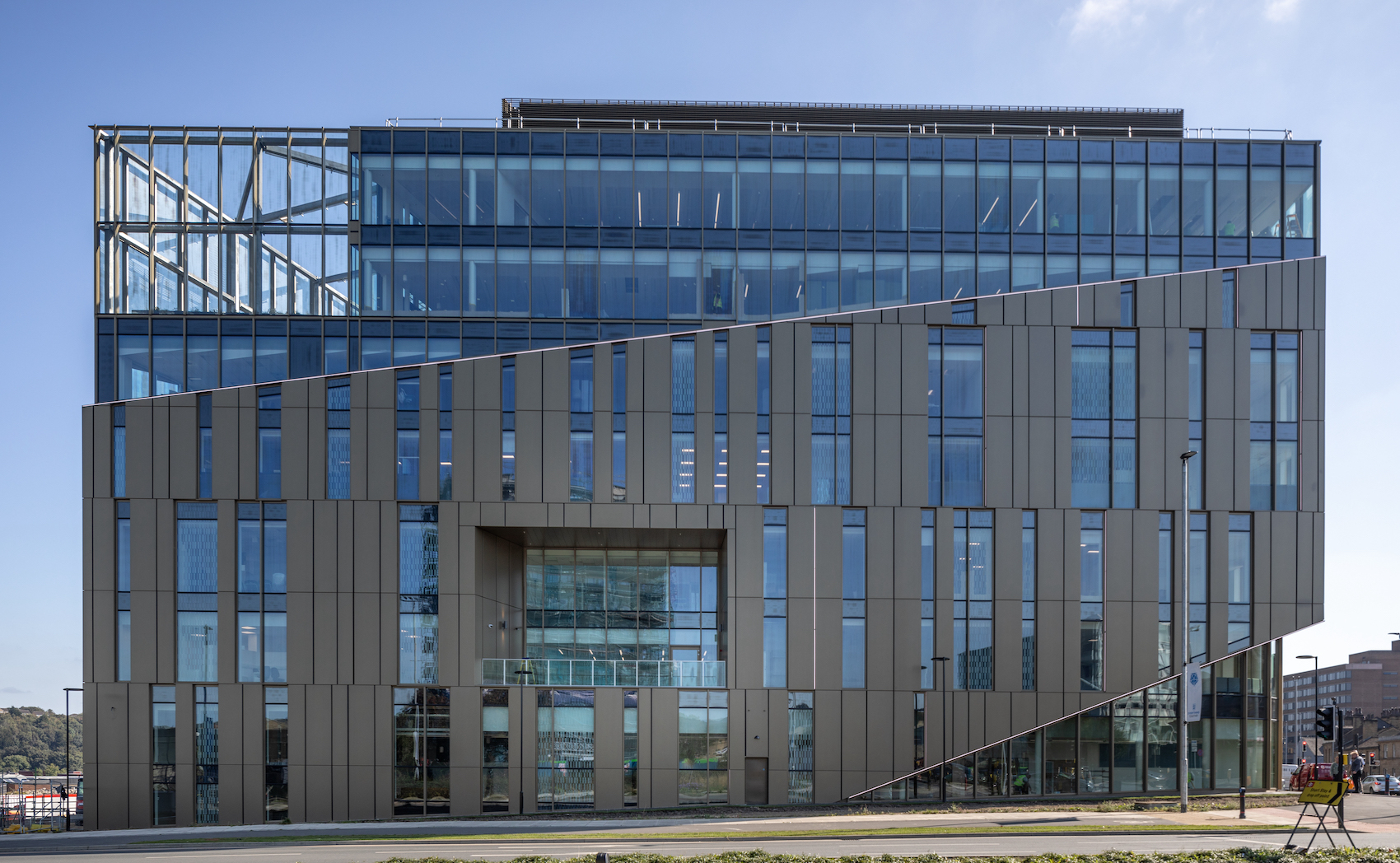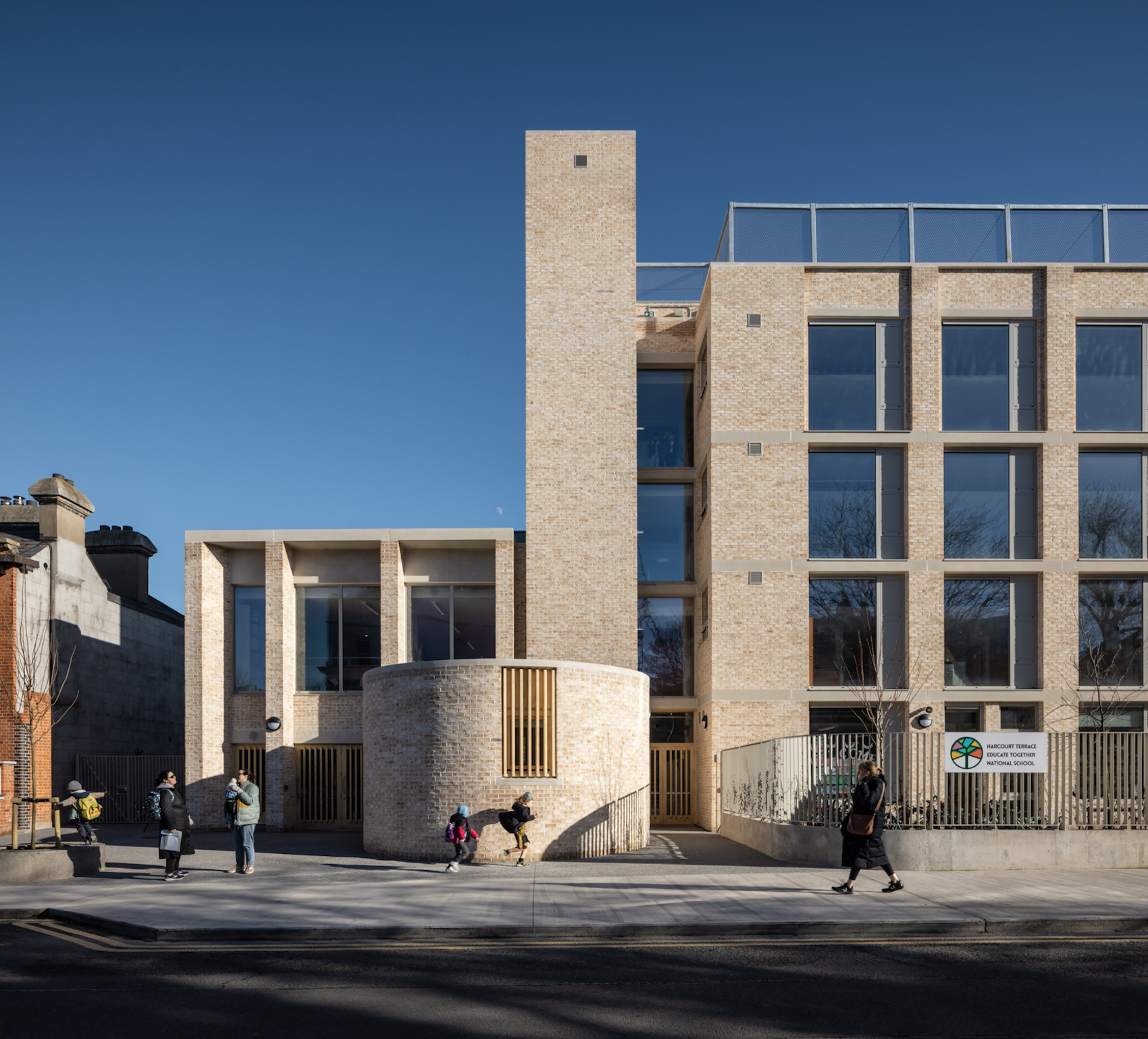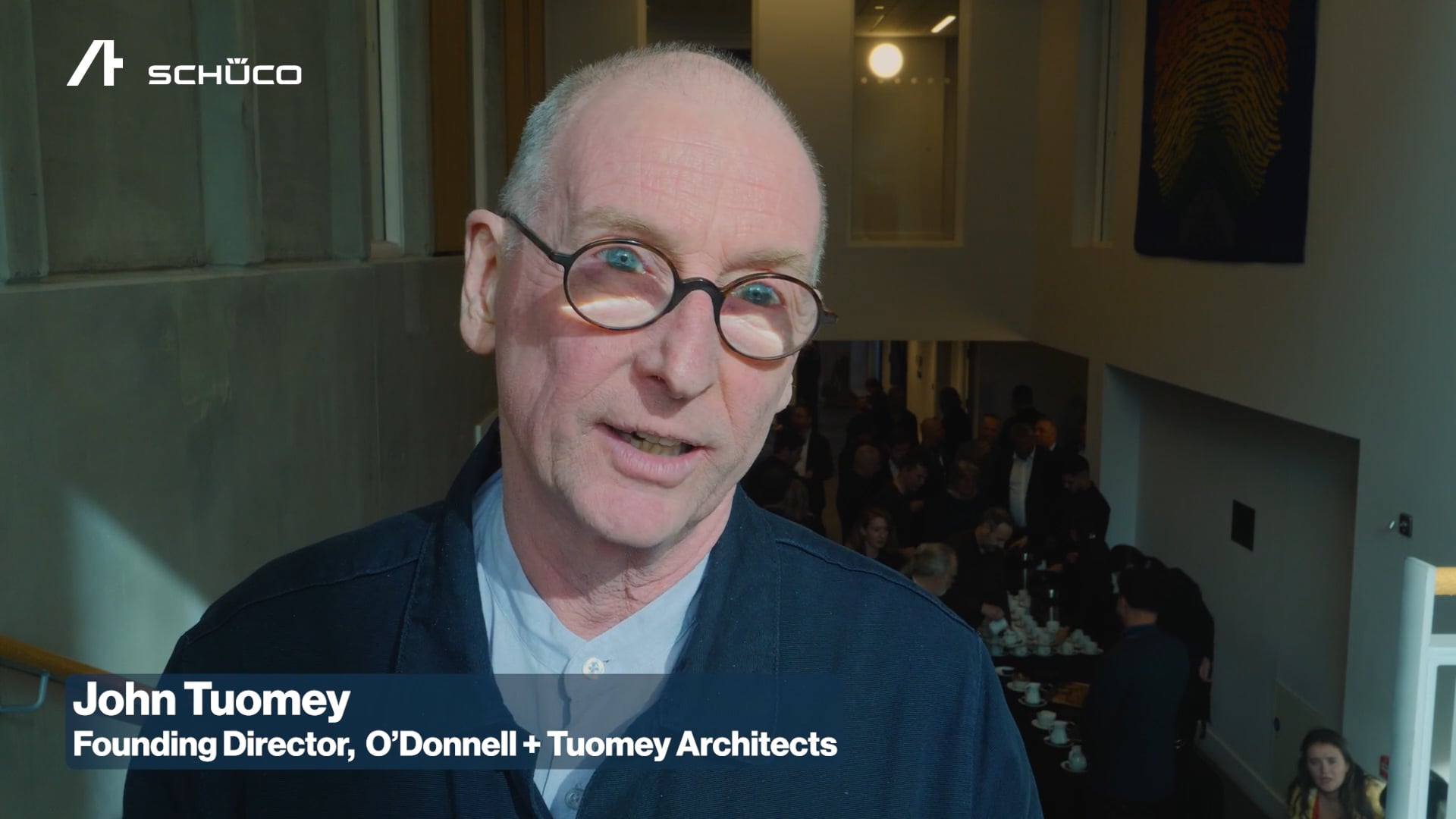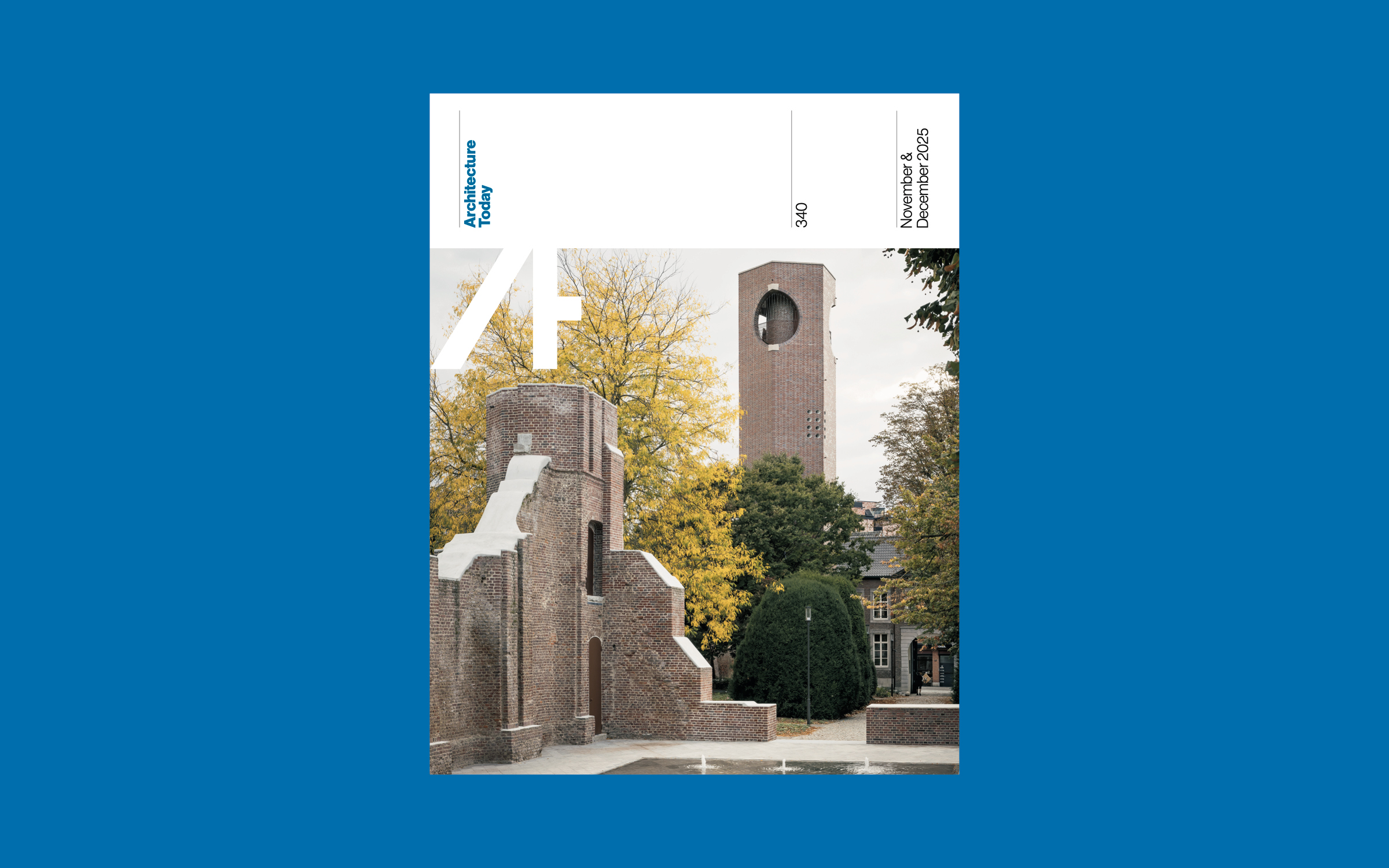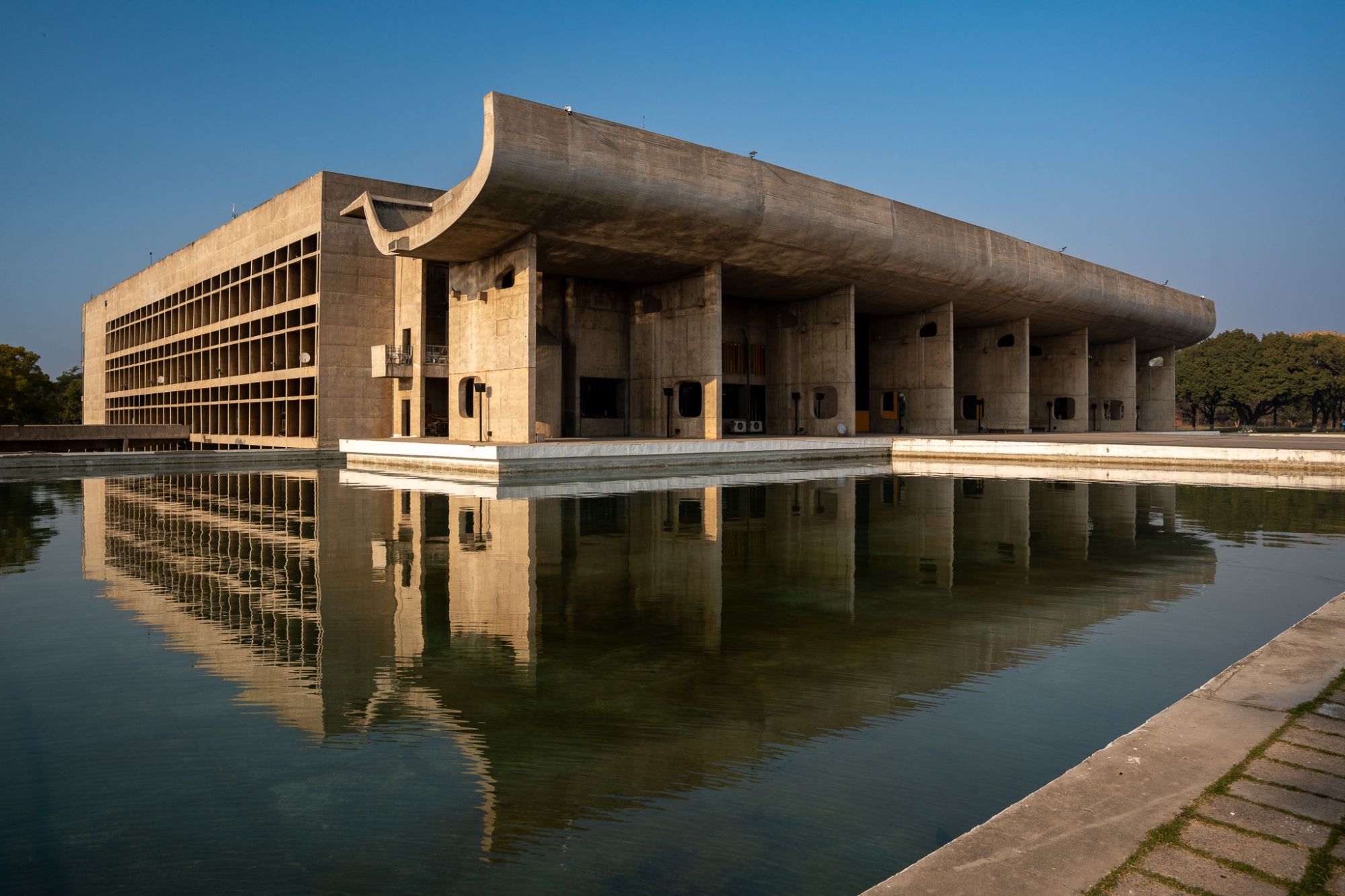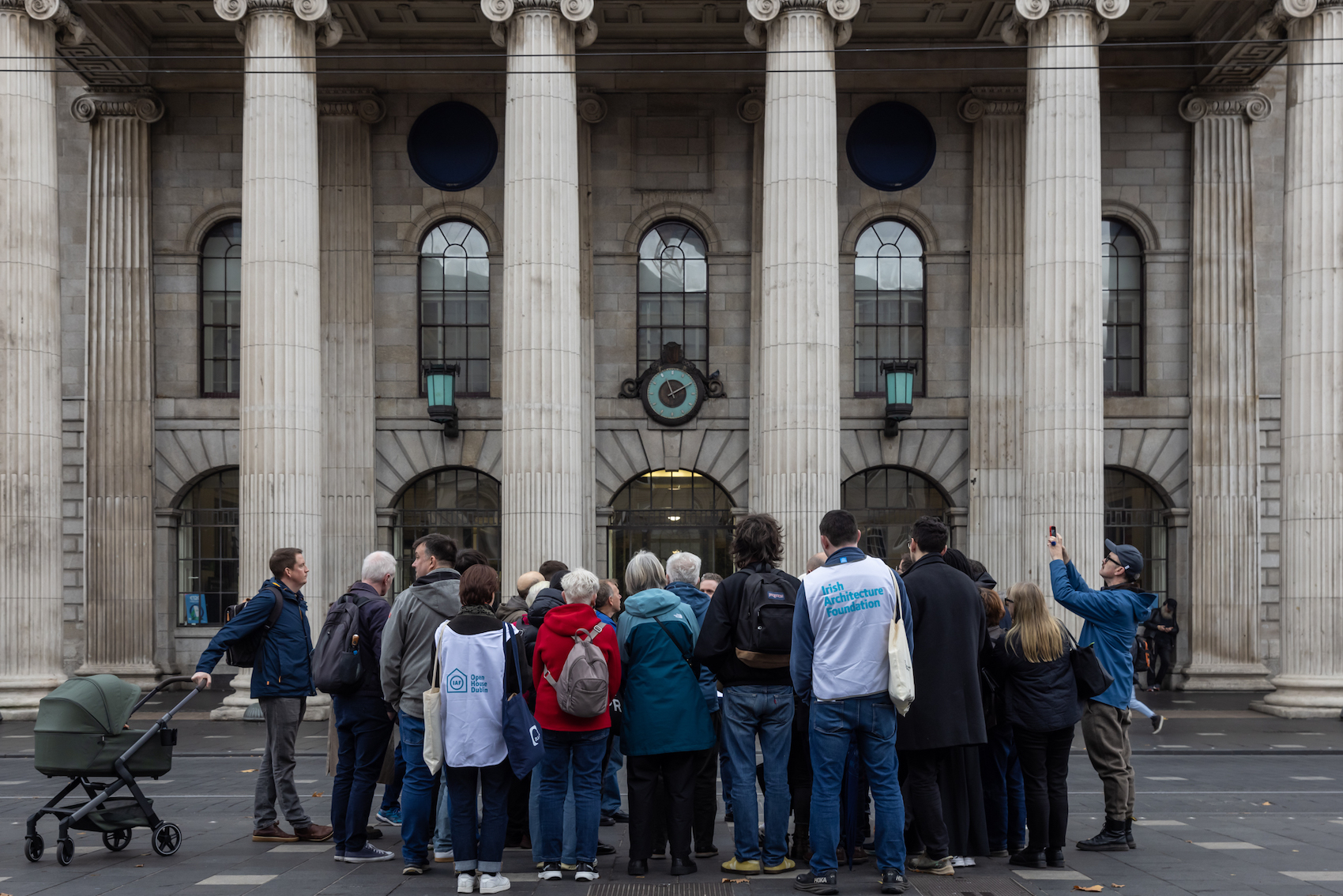The awarding jury composed Alejandro Aravena (Chair), Deborah Berke and Kazuyo Sejima, among others.
David Chipperfield has been awarded the Pritzker Architecture Prize for 2023, following the footsteps of Diébédo Francis Kéré, Anne Lacaton and Jean-Philippe Vassal, and Yvonne Farrell and Shelley McNamara, the most recent respective laureates.
“As an architect, I’m in a way the guardian of meaning, memory, and heritage,” said Chipperfield reflecting on his work in a statement after winning the award. “Cities are historical records, and architecture after a certain moment is a historical record. Cities are dynamic, so they don’t just sit there, they evolve. And in that evolution, we take buildings away and we replace them with others. We choose ourselves, and the concept of only protecting the best is not enough. It’s also a matter of protecting character and qualities that reflect the richness of the evolution of a city.”
Chipperfield was born in London in 1953 but grew up in rural Devon and had his eye on becoming a vet rather than an architect. He studied at Kingston and at the Architectural Association, going on to set up his eponymous studio in 1985 after working for numerous practices, working under the likes of Norman Foster and Richard Rogers.
Chipperfield first turned heads with an early project, designing a retail interior for Issey Miyake, a project which lead to further architectural work in Japan. Greater feats were also to come from abroad: in Berlin, his work on the Neues Museum is still defined as his magnum opus. The scheme saw the reconstruction of a museum which had been bombed out by the RAF during WWII and sought to show the scars of that partial demolition rather than hide them.
The Neues Museum, Berlin
The 2023 Pritzker Jury:
Alejandro Aravena (Chair), Architect, Educator and 2016 Pritzker Laureate, Santiago, Chile
Barry Bergdoll, Architecture Historian, Educator, Curator and Author, New York, New York
Deborah Berke, Architect and Dean, Yale School of Architecture, New York, New York
Stephen Breyer, U.S. Supreme Court Justice, Washington, DC
André Aranha Corrêa do Lago, Architecture Critic and Secretary for Climate, Energy and Environment, Ministry of Foreign Affairs, Government of Brazil, Brasília, Brazil
Kazuyo Sejima, Architect and 2010 Pritzker Laureate, Tokyo, Japan
Wang Shu, Architect, Educator and 2012 Pritzker Laureate, Hangzhou, China
Benedetta Tagliabue, Architect and Educator, Barcelona, Spain
Manuela Lucá-Dazio (Executive Director), Paris, France
The 2023 Jury Citation of the Laureate, states, in part, “This commitment to an architecture of understated but transformative civic presence and the definition—even through private commissions —of the public realm, is done always with austerity, avoiding unnecessary moves and steering clear of trends and fashions, all of which is a most relevant message to our contemporary society. Such a capacity to distill and perform meditated design operations is a dimension of sustainability that has not been obvious in recent years: sustainability as pertinence, not only eliminates the superfluous but is also the first step to creating structures able to last, physically and culturally.”
“David Chipperfield ‘does his job’, and he does it by balancing relevancy and stature. To operate anchored to the body of knowledge of the discipline or architecture requires both intelligence and modesty; to put such knowledge at the service of a given project requires talent and maturity. He has in every case skilfully chosen the tools that are instrumental to the project instead of those that might only celebrate the architect as artist. Such an approach explains how it is that a gifted architect can sometimes almost disappear when working on the restoration or renovation of existing buildings and architectural masterpieces like those on Berlin’s Museum Island or even more in the case of Mies van der Rohe’s iconic Neue Nationalgalerie in Berlin. It also explains why the wide spectrum of David Chipperfield’s skills appears in full when he is called upon to create from scratch.”
“Always characterized by elegance, restraint, a sense of permanence, as well as clear compositions and refined detailing, his buildings each time exude clarity, surprise, sophisticated contextuality and confident presence. In an era of excessive commercialization, over-designing, and over-exaggeration, he can always achieve balance: between a modern minimalistic architectural language and freedom of expression, between abstract statements and rigorous elegance never devoid of complexity.”
“I am so overwhelmed to receive this extraordinary honour and to be associated with the previous recipients who have all given so much inspiration to the profession,” said Chipperfield upon receiving the award. “I take this award as an encouragement to continue to direct my attention not only to the substance of architecture and its meaning but also to the contribution that we can make as architects to address the existential challenges of climate change and societal inequality. We know that, as architects, we can have a more prominent and engaged role in creating not only a more beautiful world but a fairer and more sustainable one too. We must rise to this challenge and help inspire the next generation to embrace this responsibility with vision and courage.”







